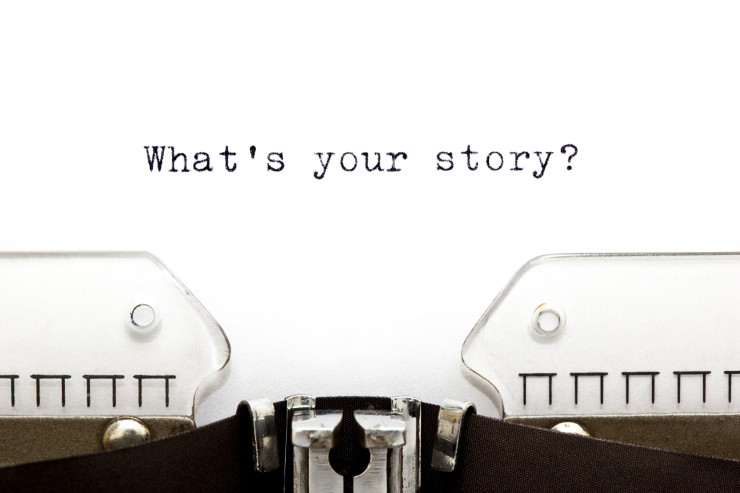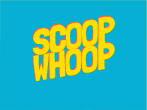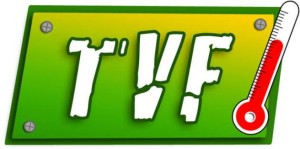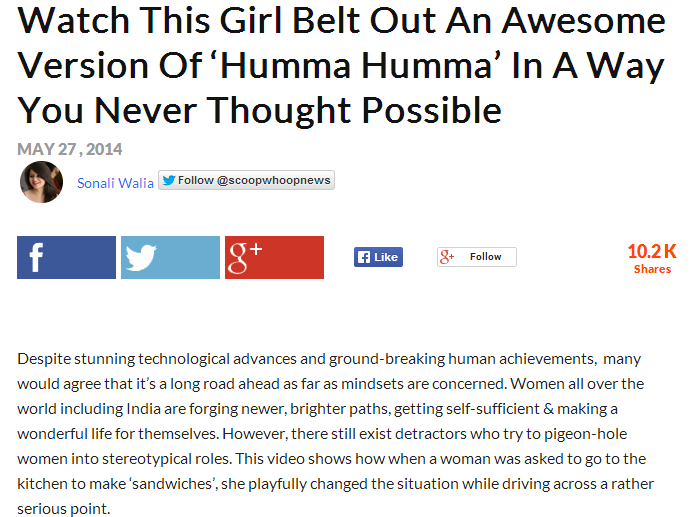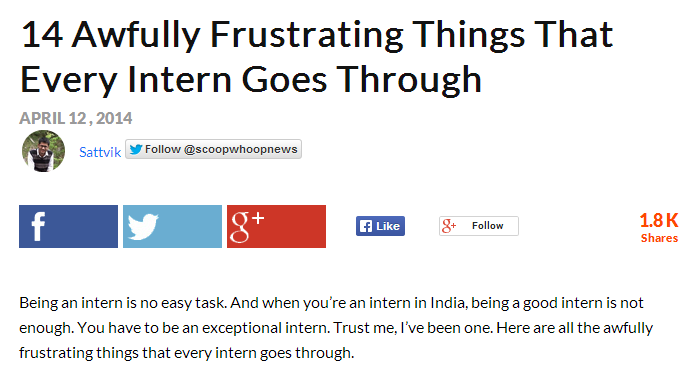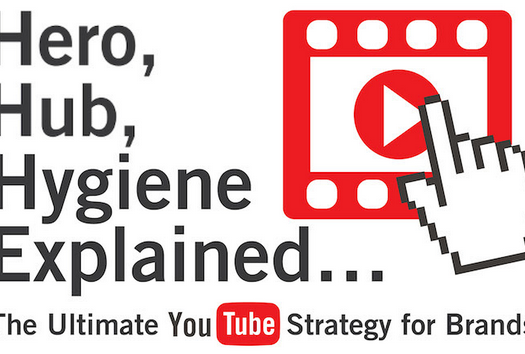Examples of branded content story in the Indian marketing context
This post took me quite sometime to research and pen down my thoughts because there has already been so much written about content marketing, branded content, advertorials, native advertising, sponsored content and inbound marketing. All of these terms basically mean one thing
“Present good meaningful content that your users might be interested in, in return of the time they invest in you, for you to get valuable information from them, which will help you grow and understand your business better”
For me, that’s a one line definition for the whole concept of content marketing or anything else that you might want to call it.
“Content Marketing is always for the user, it’s meant to make the user more informed, more entertained, more engaged and following up that engagement with a call to action for the advertiser.”
Personally, I have been a huge fan of content marketing and have worshiped hubspot.com and likes in their content marketing efforts who have established themselves as thought leaders and credible online marketing sources in the industry just by producing good quality content. And what do they ask in return? A few fields to be filled so that may be you might be interested in their product offerings some day.
Why would I, as a user, would want to listen to the same kind of message,push marketing, noise pollution everyday by different people when someone else is telling me a story.
A branded content story.
Since, HLC (Hook, Line & Clincher) is all about showcasing online marketing campaigns and practices in India, from here on, we are going to talk about how is branded content being practiced by marketers, online.
First came the need for content in marketing. Creating conversations, engagement and quality feedback. Majorly these were driven by Google changing and updating it’s algorithm and SEO rules and giving more importance to engaging and user generated content. This is when major publications started moving online and a term was coined to include marketing in content production which was called
“Native Advertising”.
Now, Native Advertising is the universal bucket which includes other terms like
- Sponsored Content
- Branded Content
- Sponsored Posts
- Promoted Tweets
- Advertorials
- Product Placement
- In-feed ads
The wikipedia definition of native ads, which is in fact, in it’s simplest form, an online advertising method in which the advertiser attempts to gain attention by providing content in the context of user experience.
Slowly when people started getting hold of native advertising and paid PR, then came the whole social advent and with it came
the need for everything to be successful only if it was viral.
As important was content production so was content distribution.
This need was also fueled by the likes of Facebook who now changed the rules of social reach depending on how engaging your content was. The whole concept of likes, shares and comments became extremely important. A lot of entrepreneurs sensed this urge of marketers to make everything go “viral” and sort of created a business called a “content marketing machine” which will have the capability of making any article, video, post that churns out of that machine go viral in seconds.
Which is when businesses solely based on “content aggregation” or even creating content by analyzing what the users want, came into existence and flourished, few of which we today know as
- Buzzfeed.com
- Upworthy.com
- Storypick.com
- Scoopwhoop.com
and many others….
These “list-mad” “gif-crazy” “meme producing” websites figured when their audience wanted a list about something to remind them what they already knew or just a picture of cat. Most of the above and similar websites had the same business model, based on one thing,
“advertorials”.
These websites knew what is consumed and shared on the internet. Buzzfeed even created a small post on “How to go Viral”. You might find 10 points in this post and no.7 might just shock you.
It was not just the websites that were creating viral content, but also many youtube channels who sensed the opportunity and importance of good quality viral content which gave birth to the likes of
- The Viral Fever Media Labs
- All India Bakchod
After all of this content was going out of control and coming on your news feed and following you on all the apps, then came the dawn of
“quizzes”.
10 stupid questions which will give you a result which will be exactly what you want to hear and then make you share it on your wall announcing like you’ve just cleared the JEE and it says you can be an engineer.
Well, even I created one such quiz to promote the blog – What kind of digital marketer are you?
Brands in India were not lazy to adapt to all of these as “tapping social media” is almost everyone’s KRA, from the Marketing Intern to the Business Head of the company. Here are some examples that will give you a feel of the whole branded content story that is being told these days.
1. Havell’s created an engaging video for their campaign #RespectForWomen
http://www.youtube.com/watch?v=K_d6rtrEqqs
The video was then carried or told to carry by ScoopWhoop.com, a popular entertainment website where the content was repackaged and distributed in the below manner. This was a perfectly brilliant way to get more views and eyeballs for a content which would have otherwise gone unnoticed. Here, as you can see it has some 10.2k shares.
Source: Scoopwhoop.com
2. Pepsi – @ThatPepsiIntern
Pepsi wanted to promote their “That Pepsi Intern” campaign by appealing to all those interns who were frustrated in their intern life to come apply for it. So they created an engaging gif article with scoopwhoop and before you know you are seeing the video lying at the end of the article.
As you come towards the end of the article and had a good laugh over the usual “list” fill with stupid gifs, you have a small little marketing message lying down in the article which you are now reading without even realizing it. On second thoughts, you dont really mind it, because unlike other banner ads online, it didnt intrude.
Source: Scoopwhoop.com
3. Nestle Alpino India
They tied up with Scoopwhoop to promote their latest ad campaign and also the whole concept of sharing an Alpino when you goof up innocently in love.
Scoopwhoop is obviously inspired by the very popular social news organization based out of US called Buzzfeed.com which has plenty of such examples of branded content while Indian brands are just now waking up to it.
Why branded content story is gaining popularity is also because of the tectonic shift that we are going through in terms of content distribution. With the inflation in traditional media more and more brands are looking to tell stories that will connect with the consumers more than pure play 30 second ads. People want to watch short stories that they can relate to, they don’t mind brands telling them those stories and would prefer engaging content rather than 30 second intrusive ads.
There are few brands that are tying up with popular you tube channels to make entertaining content sponsored by them in return attempting to reach out to their audience with their brand message. The below examples are more like “product placements” but more subtle, more blended, more relevant to the content.
1. Head & Shoulders – Let men be men
http://www.youtube.com/watch?v=ZYDGmkjK9pI
2. CommonFloor
http://www.youtube.com/watch?v=nn9-lY_u2v0
3. Shiksha.com – Stop Following. Start Exploring.
http://www.youtube.com/watch?v=sSKZPDw5nr8
4. Freecharge
http://www.youtube.com/watch?v=KRaPZkSJOvc
5. Snapdeal
Snapdeal.com is on board as a “Shopping Partner” on all AIB (All India Bakchod) videos.
http://www.youtube.com/watch?v=eN9XX-dd0LQ
Finally, when I was going all praises about this new exciting form of branding and advertising, I came across this hilarious video on
“Native Advertising” by John Oliver.
The video is a whole new satirical take on the concept from a third point of view.
For us marketers, with rising media inflation and low attention span on traditional media, this branded story telling gives us a whole new platform to meaningfully communicate with the consumers.
Enjoy the video !
https://www.youtube.com/watch?v=E_F5GxCwizc&noredirect=1

